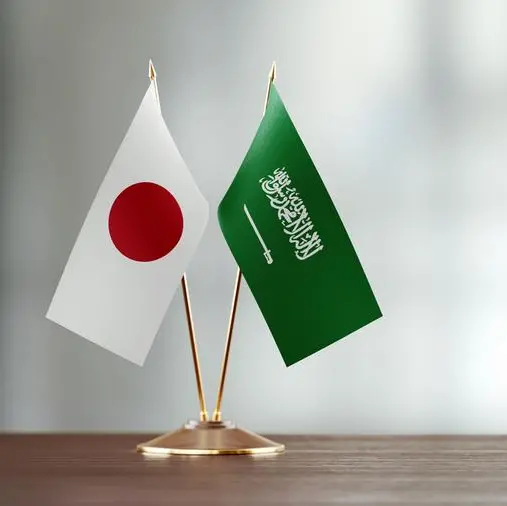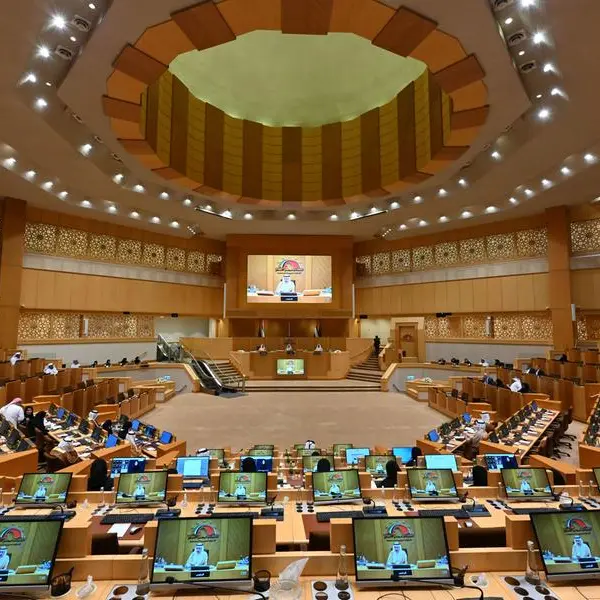PHOTO
The Middle East will see GDP growth of 5.2 percent in 2022, according to a report - an increase of one percent compared to forecasts three months ago.
The report by the chartered accountants’ professional body ICAEW said there was a positive regional landscape despite market pressures mounting and heightened uncertainty.
Middle Eastern countries are having to adjust to pressure stemming from the ongoing Russia-Ukraine war as well as the Chinese economic slowdown and tightening global market conditions, the report said.
However, rising oil prices have provided support to the macroeconomic environment across the Gulf, which is being used to offset the impact of rising inflation and supply chain disruptions to regional commodity importing countries.
“That being said, a scenario in which several large economies slide into recession would weigh on oil demand and test the GCC’s resilience,” the report said.
Oil price growth has led to improved GDP growth prospects in Saudi Arabia, where output is forecast to expand by 7.1 percent, the report said, compared to four percent previously.
There is also optimism in the UAE, where government reform agendas and a rise in oil output are expected to underpin growth of 6.7 percent this year.
All six GCC nations will likely post budget surpluses, despite rising expenditures, but most of the windfalls are earmarked for debt repayments, meaning debt-to-GDP ratios decline across the region.
Inflation, PMIs
While oil prices have bolstered regional balance sheets, they have also led to an increased inflation. GCC inflation will average 3.1 percent this year, after a forecast of 2.7 percent, three months ago, which is up from 2.3 percent in 2021. Inflation will fall back to 2.5 percent in 2023, the report said.
Non-oil growth is expected to be four percent compared to the 3.4 percent which was forecast three months ago. Purchasing manager’s index (PMIs) surveys showing business activity in the UAE and Saudi Arabia is softening as global headwinds impact confidence, but they still remain in expansion territory.
In Qatar, an upswing in demand pushed the PMI to a survey high in May, but many firms are bearing the brunt of rising costs to allay pressure on consumers, which is beginning to weigh on employment.
Vanessa Heywood, ICAEW Head of Middle East, said the region was faced with a dilemma of whether to hike up oil production in the face of geopolitical turmoil when increasing production goes against its diversification strategy.
“It is also important to note that the Middle East sits in an ecologically sensitive part of the world and is therefore more susceptible to climate change,” she said.
“While inflated energy prices will support its renewable energy transition, the region’s leadership has demonstrated resistance to delaying the progress being made in its energy transition, even as global pressures mount,” Vanessa added.
(Reporting by Imogen Lillywhite; editing by Seban Scaria)




















